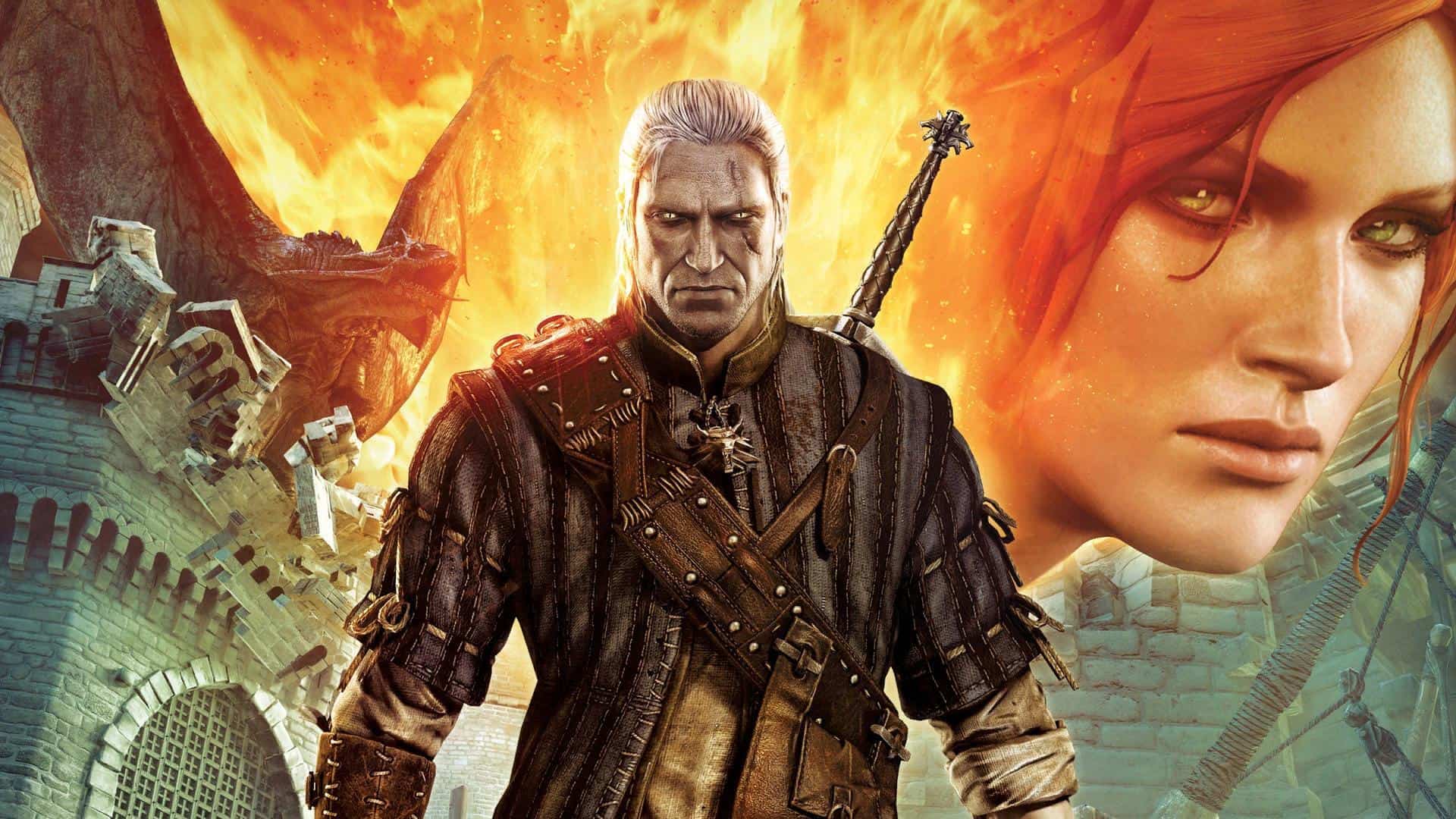You can trust VideoGamer. Our team of gaming experts spend hours testing and reviewing the latest games, to ensure you're reading the most comprehensive guide possible. Rest assured, all imagery and advice is unique and original. Check out how we test and review games here
“What the f**k are you doing?” says a dwarf when I get out my sword in the tavern, neatly summarising the difference in tone between The Witcher 2 and many of its contemporaries. Polish developer CD Projekt Red has never been afraid to drop a few f-bombs in their quest for narrative diversity, and the dark fairytale setting of Andrzej Sapkowski’s parent texts gives the universe enough muddy morality for it to serve as a stark contrast to the usual good/evil dichotomy we’re all so very used to by now. Plus, you know, tits.
I didn’t find out much about the inevitable bosom barrage in The Witcher 2 at a recent hands-on session, though I can assure you it’s not from lack of trying. CD Projekt Red sheepishly admits it’s not bringing back the original’s sex cards, however, which had lady-crazed lothario Geralt banging his way through the land in an effort to fill a very grown-up sticker book of sexual conquests.
Instead, the small slice of the side-mission I got to encounter had Geralt tracking down a succubus demon preying on the romantic chaps of dwarven town Verden, rendered spectacularly by a new and impressive in-house engine. One of the two possible starting areas for the game’s second chapter – depending on what choices you make, it’s possible to complete the entire game without even seeing this major area – Verden is a far cry from the chiselled depths of Ironforge or Orzammar, instead we’ve got a tumbledown encampment rooted in the middle of a mountain range only accessible by a tiny, missable wooden door. It immediately reminded me of a more developed version of those Roman ruins you see in quaint little rural towns across England; slightly worn-down, gently daubed in overcast weather and geometrically basic.
After being given the quest, you’re told that under no circumstances are you to desecrate the graves of the victims in a bid to sniff out some clues. I immediately decided to nip off and desecrate the graves of the victims in a bid to sniff out some clues, and looking at the bodies triggered some fantasy-land forensics, with Geralt using his knowledge of corpses to work out that the scratches and lacerations are the work of a succubus. There’s also a tempting shard of something shiny sticking in his arm, but at this point you lack the required tools to pluck it out and take a further look.
Knowing this, it’s a simple case of enlisting travelling poet/jack the lad Dandelion to woo the succubus by reciting a charming love poem outside her grotty wooden shack at midnight. You can use some lyrics you’ve picked up earlier as inspiration, or clumsily click through the various options in the right order until you’ve got a twee little love ballad worthy of the attentions of a demon who likes to shag dudes to death. Alternatively, you can just decide this poetry lark is more trouble than it’s worth and give up on the quest entirely.
Let’s say you don’t, however. What then? Dandelion is enthralled by the succubus, and contemplates paying her a late night visit – or, as the game puts it, the chance to plough a demon. Controlling Dandelion himself, you can either run back to Geralt or send the poor man off to his sweaty death. Opt for the former and Geralt takes over, confronting the demon and demanding a few answers, which, in turn, kicks off another quest to discover the truth behind the situation.
There’s a definite charm in the game’s unrivalled sprawl, and these clusters of overlapping, intertwining paths will inevitably trigger an aneurysm in anyone who does their best to visit and explore every single nook and cranny. The genre might be trending towards more streamlined gameplay experiences – look at how Fable’s scope has been dramatically reduced over three iterations, for instance – but it’s refreshing to see a game where even basic side missions have multiple outcomes, and the whole package is of a vision so gargantuan it’s physically impossible to see everything on offer.
This demo had few opportunities to test out combat, but from the odd scuffles against wraiths, goblins and Kaedwen knights it’s clear the sequel hasn’t so much refined the brawling as changed it entirely. Weak and heavy sword attacks are mapped to left and right mouse buttons, and standard melee attacks now flow gracefully into one another, provided you’re not interrupted by getting twonked with an enemy blade. Combat is clearly more about action rather than timing, and Geralt’s impressive finishing moves are still as brutal as they were in the original.
I found myself having problems when encountering packs of enemies, mind, and plucking out particular targets from the rabble all too often felt like an impossible dream. For that reason I favoured magical attacks which affected whole groups rather than specific opponents, but more often than not some tactful melee bashing got me through everything other than one particular fight with a massive spider who slaughtered me in about three seconds.
The whole game works with a 360 controller out of the box, too, which suggests a potential glimpse into the future direction of the studio.
Even from this very brief exposure, The Witcher 2 strikes me as a far more confident game than the original – CD Projekt Red’s sophomore effort feels like a mature sequel to an adolescent original. 2011 looks set to be a great year for the fantasy RPG, but I can’t think of any I’d rather be playing over this.
The Witcher 2: Assassins of Kings will be released for PC on May 17 2011.
The Witcher 2: Assassins of Kings
- Platform(s): PC, PlayStation 3, Xbox 360, Xbox One
- Genre(s): RPG

/https://oimg.videogamer.com/images/cb07/the_witcher_2_3.jpg)






